Franchise Follow-Ups No One Expected
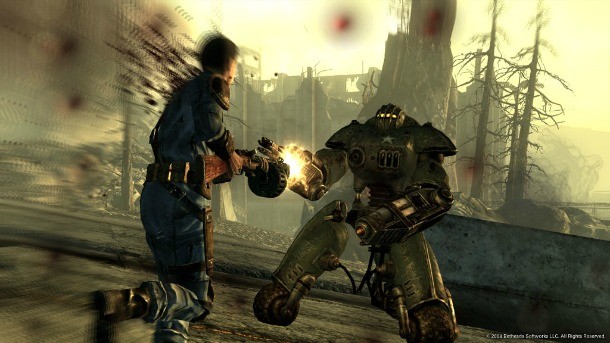
Every once in a while a game comes along that catches people off-guard. Whether they’re good or bad, unexpected games are always interesting to explore and discuss, especially when they’re part of a long-running series. Whether it’s because the games differ greatly from their predecessors, or weren’t how anyone expected the series to continue, these are some of the most surprising follow-ups in the video game world. First up are the pleasant surprises.
Fallout 3
The Fallout franchise started its life in the hands of Interplay as an isometric, tactical-RPG. Unfortunately, Interplay eventually spiraled towards bankruptcy after a series of big projects were canned, one of which was Fallout 3. Not to be confused with Bethesda’s open-world epic, Interplay’s Fallout 3 was codenamed Van Buren and canceled when Interplay laid off most of Black Isle Studios’ PC development team in 2003. When Bethesda bought Fallout from the ailing company a few years later, many people assumed the team would either finish Van Buren or start from scratch; after all, a tech demo of Fallout 3 had already made its way into the wild, showcasing just how close the game was to completion. Instead, Bethesda did a little bit of both. Fans of the series got Fallout 3, but it wasn’t exactly what they envisioned when Black Isle Studios was hard at work behind closed doors. It’s not a bad thing that Bethesda took the series in a new direction though, as their version of Fallout 3 is easily one of the best RPGs from the last generation.
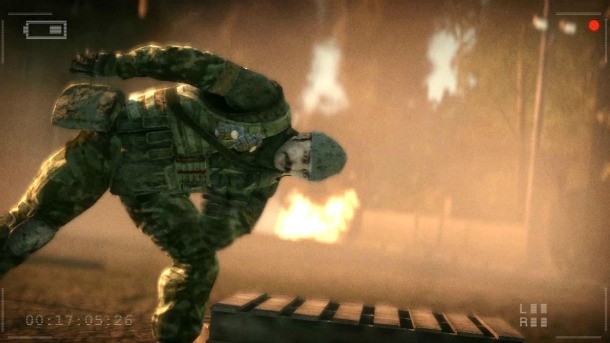
Battlefield: Bad Company
The Battlefield franchise has always had a large PC following, having originated on the platform in 2002. However, in 2008 the series took a sharp turn with Battlefield: Bad Company. In concept alone, Battlefield: Bad Company wasn’t actually that surprising. Call of Duty had proven the viability of both the console segment of the shooter genre and strong single-player campaigns the year prior. Meanwhile, the PS3 and Xbox 360 were technologically outperforming PCs, and Battlefield’s strongest market was shrinking as the online features of consoles finally caught up.
The surprising part of Battlefield: Bad Company was how good it ended up being. The game recently made the top five in our list of the best Battlefield games, along with its sequel. However, nothing in DICE’s track record suggested they were capable of turning out anything close to that level of quality for consoles. Their previous endeavors in the space were shaky at best, including things like the dog-eared port Battlefield 2: Modern Combat and the GameCube version of a terrible licensed Shrek game. Bad Company fell on the complete opposite end of the spectrum though. Its campaign was witty and well-formed, its technology far surpassed anything DICE had previously created, and its multiplayer Gold Rush mode was excellent.
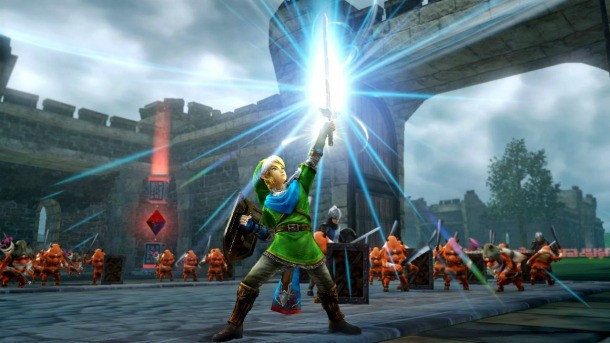
Hyrule Warriors
Hyrule Warriors is the strangest departure Dynasty Warriors and Nintendo have taken in years. Dynasty Warriors is a niche franchise, and in most cases its spinoffs are bad. Nintendo is already conservative with its major franchises, rarely handing them off even for things like Capcom’s well-regarded Legend of Zelda games, so seeing it associate a hallmark brand with an inconsistent series was rather strange. That the game ended up being good enough to receive mostly positive reviews, including an 8 from Game Informer’s Kyle Hilliard, is a welcome surprise. Hyrule Warriors struck a chord with its blend of action and fanservice, and even though it’s not perfect, fans snatched it up at a rate that had Nintendo crediting it for increased sales of the Wii U.
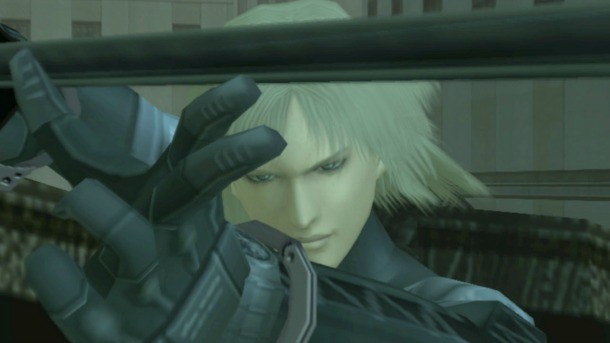
Metal Gear Solid 2: Sons of Liberty
Everyone was excited to jump back into the shoes of the world’s greatest super-spy following hands-on time with the now infamous Tanker sequence prior to release. Sons of Liberty seemed set to deliver on what fans were hoping for, with numerous gameplay and visual refinements tightening up Solid Snake’s stealthy adventures. There was a problem though: Snake was missing in action. Though Solid Snake was still involved during the opening sequence and as the hardly-subtle Iroquois Pliskin, newcomer Raiden took center stage as the player-controlled character. Perhaps the most devious bait-and-switch the industry has ever seen, Metal Gear Solid 2 made fans furious at the time. In the years since its release, Sons of Liberty has been regarded as unexpected for another reason. While the original Metal Gear Solid was certainly full of weird things, the series didn’t introduce its craziest elements until the A.I.-fueled final act of Metal Gear Solid 2.
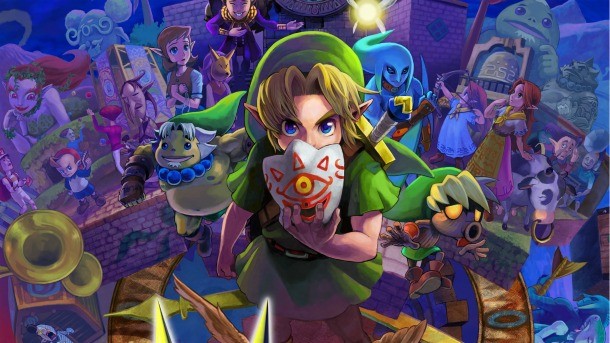
Majora’s Mask
It’s rare to see a Zelda game get a sequel of any kind. There have been a lot of spiritual or stylistic successors, and Nintendo has attempted to chronologically order the series, but for the most part each release exists in a vacuum. The most surprising exception to the rule is Majora’s Mask. Despite being a direct sequel to Ocarina of Time, the game completely changes how Link’s approaches his quest. Instead of leisurely exploring Hyrule, players are forced to race against the clock as a freaky moon descends towards the planet’s surface. The game also came with a massive shift in tone that, when paired with the repetition in its design, produced one of the most divisive entries in the entire series. We love Majora’s Mask here at Game Informer though, having awarded the original a 9.75 and the remake a 9.25, so it’s safe to call it a pleasant surprise.
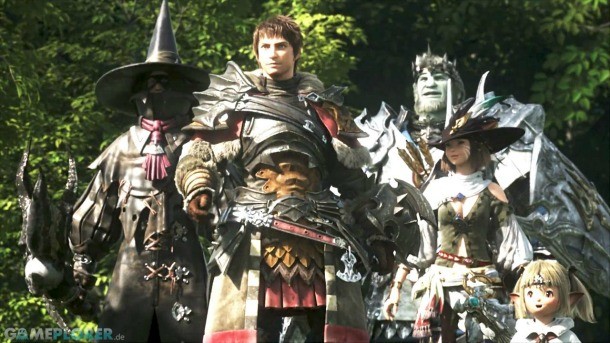
Final Fantasy XIV: A Realm Reborn
A Realm Reborn shouldn’t, by any logical measure of how the MMO space has operated over the past decade, exist. In a world where the crippling weight of MMO development cycles are enough to bankrupt studios and grind ambitions into paste, Square Enix somehow rebuilt one of the behemoths from the ground up and ended up with a good game. To top it all off, A Realm Reborn’s predecessor wasn’t just bad, it was one of the biggest MMO disasters to ever hit the open market. Unplayable for large swathes of the community at release, the original Final Fantasy XIV never got fixed over the two years it limped along prior to its shutdown in late 2012. Rebuilding the game ended up requiring more than just fixing problems, as Square Enix translated the entire game to a completely new engine. Despite the massive amount of money sunk into it, A Realm Reborn received a fairly warm reception, was credited with helping pull Square Enix out of a fiscal nosedive in early 2014, and recently surpassed four million registered users.
Up Next: The not-so-pleasant surprises.
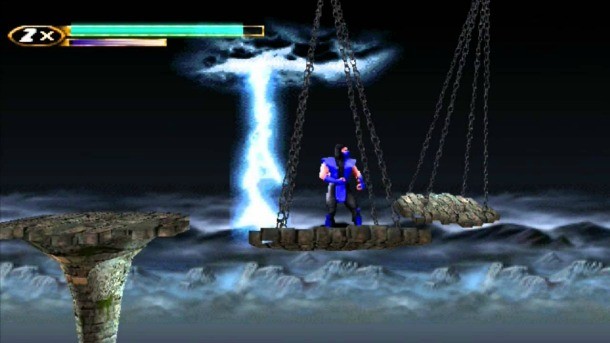
Mortal Kombat Mythologies: Sub-Zero
After watching the Replay crew play through Mortal Kombat Mythologies: Sub-Zero, you could argue it was a pleasant surprise because of the laughs it provided. The game itself, however, is one of the worst things to ever bear the Mortal Kombat name. The franchise has always been in love with its own lore but, even within the crazy confines of the Mortal Kombat universe, breaking away from fighting to expand story was an alien concept in 1997. Somehow Mortal Kombat Mythologies: Sub-Zero actually sold a million copies, but it’s safe to say not many of those people had much fun with it. While the game retained many of the elements the series was known for, it paired them with horribly clunky controls and mean design decisions. If you want to see just how bad the game is, you should definitely check out the Replay episode linked above. Luckily, things were put right with Shaolin Monks, which ended up being good enough that Mythologies became an afterthought.
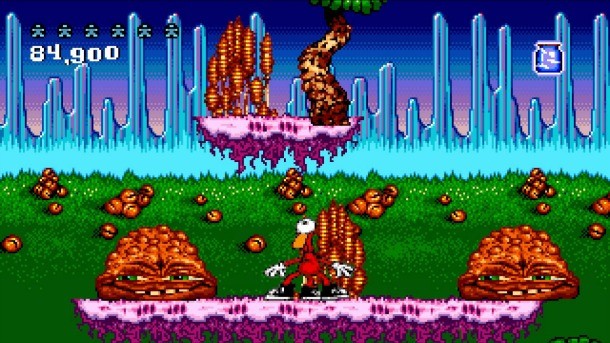
Toejam and Earl in Panic on Funkatron
The original Toejam and Earl came out of nowhere to take a prominent place in Sega’s library in 1991, thanks to its challenging gameplay and unique take on ‘80s hip-hop. When Toejam and Earl received a sequel in the form of a platformer, it left fans of the original confused. The game was generally well-received by critics at the time, but the transition away from the original’s isometric, randomly generated rogue-like format was an odd decision. Creators Greg Johnson and Mark Voorsanger eventually went on to say they regretted changing direction for the second game. The series eventually faltered along with Sega, and an attempt at revival on the Xbox was poorly received. There’s good news for fans of the original, however, as Johnson and Voorsanger’s kickstarter for a new Toejam and Earl game was recently funded successfully. From everything the developers have shown off so far, Back in the Groove looks to be faithful to its roots.
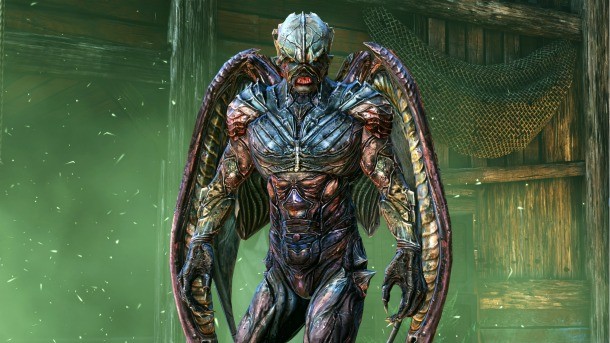
Nosgoth
People have been clamoring for another entry in the Legacy of Kain series since the start of the last generation. As the PS3 and Xbox 360 trudged forward, however, it seemed more and more unlikely a new game would see the light of day. Director Amy Hennig left Crystal Dynamics to work at Naughty Dog during production of the most recent entry and now has cemented a place working on a new franchise. Crystal Dynamics itself moved on as well, focusing on the Tomb Raider series instead. Rumors continued to pop up regularly until a new game set in the universe was announced by Square Enix in 2013. A free-to-play, competitive-multiplayer game, with no tangible connection to the original series outside of its setting, Nosgoth has been in Early Access for over a year now. Whether or not it ends up being good, Nosgoth isn’t how Legacy of Kain fans wanted to see their beloved series resurface.
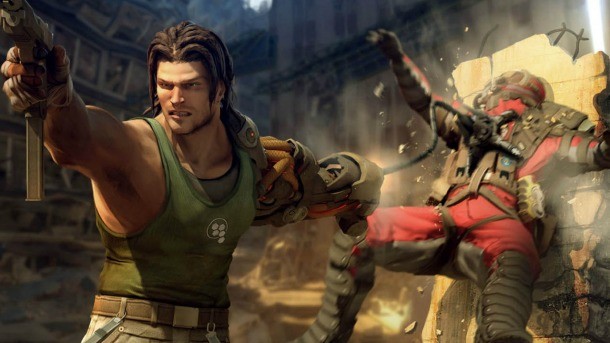
Bionic Commando
After almost a decade of silence, Bionic Commando revived itself in 2008 with Bionic Commando Rearmed. A remake of the original, Rearmed was extremely well-received. Unfortunately, a dark cloud was lingering on the horizon. In 2009 Capcom released a complete reimagining of the series as a third-person action game for last-generation consoles and PC. Unfortunately, Nathan Spencer’s swinging adventures weren’t translated well. The rebooted Bionic Commando was widely panned for its poor controls and ridiculous story, particularly the bit where Nathan realizes that his missing wife was grafted into his bionic arm. Thankfully Capcom got the message and went back to 2D for Rearmed 2 which, even if it didn’t live up to expectations, at the very least can’t be summed up with the sentence: His wife is his arm.
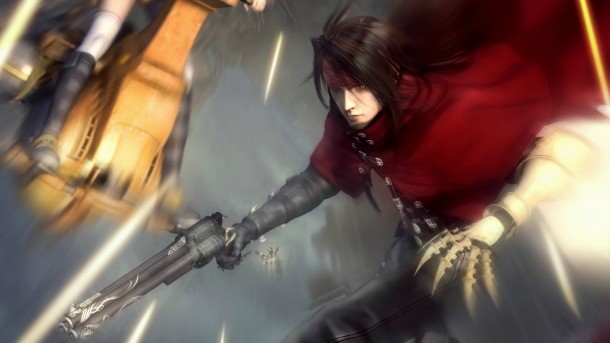
Final Fantasy VII: Dirge of Cerberus
Final Fantasy VII has inspired a rabid legion of fans, the kind of fans who so pine for a remake of the game that its very mention can elicit cheers. It’s hard to imagine that Dirge of Cerberus was what they had in mind when it came to carrying on the legacy of Final Fantasy VII, however. A mediocre, messily-executed shooter with RPG elements, Dirge of Cerberus also released years after the original game. To top it all off, despite Vincent Valentine’s interesting backstory engaging with him in Final Fantasy VII is still completely optional. It’s strange that Square Enix chose to feature Vincent for a continuation of the Final Fantasy VII story, since he’s been almost completely absent from crossovers since Dirge of Cerberus launched.
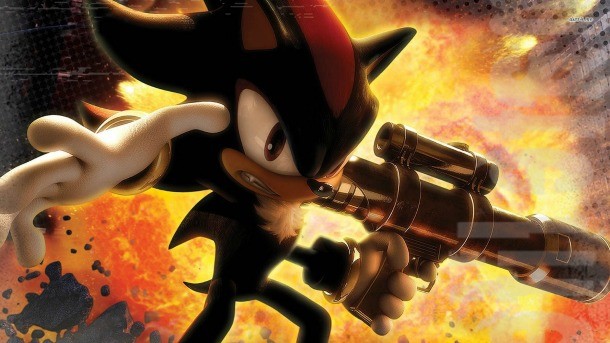
Shadow The Hedgehog
Most Sonic fans can agree that the series has been off the rails for a while, even if they don’t agree about the point at which the series went bad. Shadow The Hedgehog holds a special place within the pantheon of low quality Sonic games though. For most people, it wasn’t a surprise that Shadow’s chance in the spotlight was terrible. However, it was definitely surprising just how absurdly different the game ended up. Dark, gritty, and filled to the brim with guns and violence, Shadow The Hedgehog was everything a stereotypical teenage boy would dream up for a reboot – and nothing that lined up with what the series had been to that point. It certainly didn’t help that the game combined its misguided redirection of the Sonic universe with even worse gameplay than the series previously produced.

Get the Game Informer Print Edition!
Explore your favorite games in premium print format, delivered to your door.
- 10 issues per year
- Only $4.80 per issue
- Full digital magazine archive access
- Since 1991









